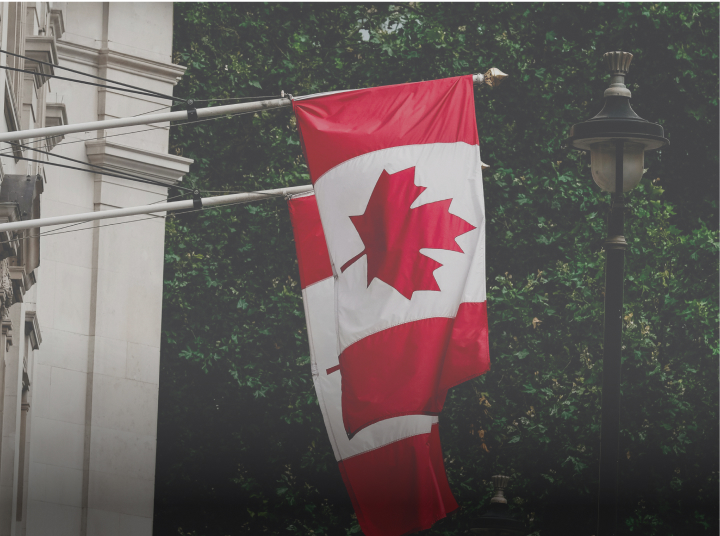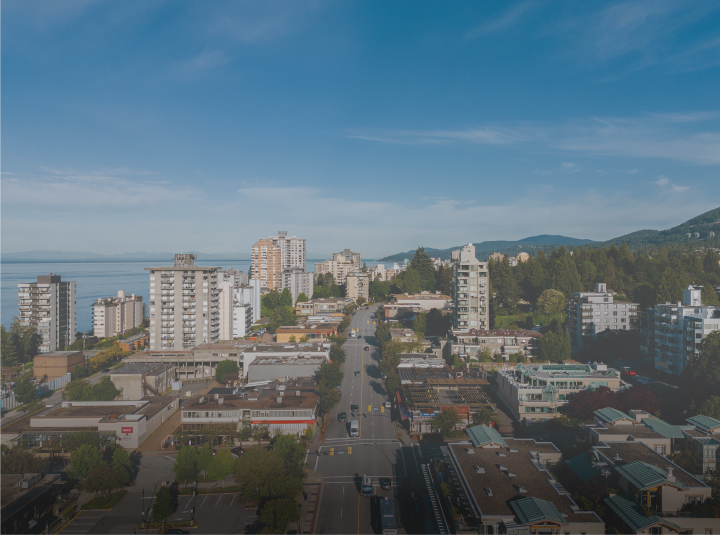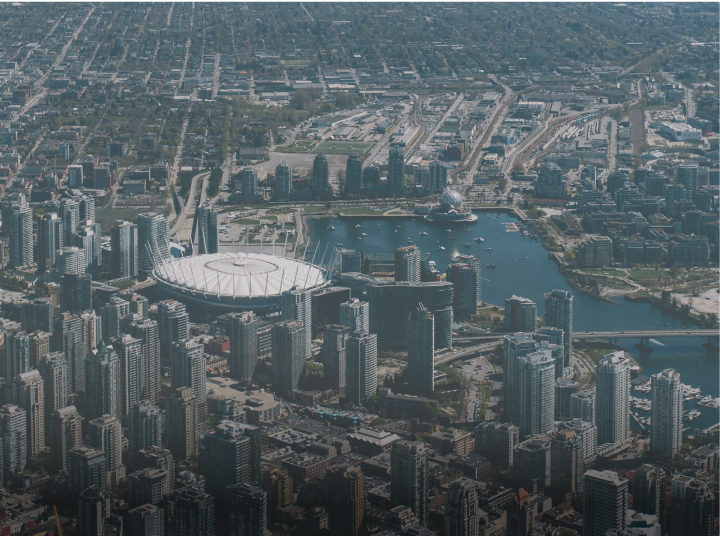interested in other markets?
Alongside the Vancouver edition of the rennie landscape, our intelligence group also produces editions for the Victoria and Kelowna markets. Read them at the links below.
Victoria editionKelowna edition04. demographics
a non-permanent reversal
Canada has experienced explosive population growth over the past few years. After increasing by 970,000 people in 2022 and 1.3 million in 2023, Canada added another 744,000 in 2024. Each of these totals are higher than population growth each year from Confederation through 2021. With a low birth rate for decades, Canada's primary source of population increase has been from international migration, and permanent residents specifically. This has shifted recently, with the new number one source of additions coming in the form of non-permanent residents. To wit, Canada's non-permanent resident population has grown from 1.36 million in Q4 2021 to 3.02 million in Q4 2024, a 123% increase.
It was this rise in the non-permanent resident population that was the rationale for changing Canada’s immigration policy, which now projects overall population decline in each of the next two years. The goal is to reduce the temporary resident share of total population to 5% (currently 7.3%), requiring a net outflow of non-permanent residents. This change in direction will have a profound impact going forward, but it won’t be felt evenly across the country.
International migrants, both permanent and non-permanent residents, overwhelmingly flock to Canada’s largest urban areas upon arrival. Toronto alone accounted for almost one-third of the net flow of non-permanent residents in 2024, while it accounted for 17% of the total population. Vancouver likewise has punched well above its weight when it comes to non-permanent resident migration, whereas Victoria and Kelowna both welcome fewer temporary residents relative to their share of population.
For the next two years, Canada’s largest metro areas (including Vancouver) will be disproportionately affected by this policy change and will likely see a sizable loss of non-permanent residents. Victoria and Kelowna, on the other hand, will be impacted to a far lesser degree. The other important factor for cities' projected population growth (or decline) next year is domestic migration, which we cover in the next section.
Seattle editionThe non-permanent resident population in Canada is set to
dramatically decline over the next two years. The nation’s largest
metro areas are going to be impacted the most.
TEMPORARY RESIDENTS’ PERMANENT ATTRACTION TO CANADA’S LARGEST METROS
DATA: SHARE OF POPULATION & SHARE OF FLOW OF NON-PERMANENT RESIDENTS BY CMA, CANADA, 2024
SOURCE: STATISTICS CANADA, TABLE 17-10-0149-01
With fewer international migrants moving to the province in the coming years, domestic migration will play a larger role in how much BC’s largest cities grow—if they grow at all.
Population change at the regional level comprises a few different components. Natural change (births and deaths), international migration (discussed in the last section), and domestic migration—both interprovincial (moving to/from another province) and intraprovincial (moving within the province).
In Metro Vancouver, we consistently experience negative intraprovincial migration; that is, more people leaving the region for other parts of BC than moving to it. In most years the interprovincial component is positive, though by less than the intraprovincial outflow, so the overall result is an annual net outflow of domestic migrants. This hasn’t stopped Metro Vancouver from growing, however, with the inflow of international migrants more than off setting the domestic loss. However, Canada's latest immigration policies—which will reduce net international inflows—mean a brighter spotlight will be shone on domestic flows going forward.
If recent domestic migration trends continue, this region will experience population decline in 2025 and 2026. However, Metro Vancouver has historically experienced positive net domestic migration during recessionary periods (of which 2025 could be one) as people move back to large cities in search of jobs.
PEOPLE CAME (AND WENT) FROM NEAR AND FAR
DATA: NET DOMESTIC MIGRATION BY TYPE, ANNUAL, 2005-2024, METRO VANCOUVER
SOURCE: STATISTICS CANADA, TABLE 17-10-0149-01
domestic flights
subscribe to real estate insights that matter
Weekly real estate insights, analysis and perspective from our rennie intelligence division—helping you make sense of Metro Vancouver’s market.
By submitting your personal information, you consent to receive electronic messages from rennie marketing systems, including newsletters and event invitations. You can withdraw your consent at any time by following the unsubscribe link in any message. You can also refer to rennie’s privacy policy for more information and contact details.
copyright © 2025 rennie all rights reserved
Disclaimer: This representation is based in whole or in part on data generated by the Chilliwack & District Real Estate Board, Fraser Valley Real Estate Board or Real Estate Board of Greater Vancouver which assumes no responsibility for its accuracy.
Disclaimer: This representation is based in whole or in part on data generated by the Chilliwack & District Real Estate Board, Fraser Valley Real Estate Board or Real Estate Board of Greater Vancouver which assumes no responsibility for its accuracy.
Disclaimer: This is not an offering for sale. Any such offering can only be made by way of disclosure statement. E&OE. The developer reserves the right to make changes and modifications to the information herein without prior notice. Photos and renderings are representational only and may not be accurate.
Disclaimer: This is not an offering for sale. Any such offering can only be made by way of disclosure statement. E&OE. The developer reserves the right to make changes and modifications to the information herein without prior notice. Photos and renderings are representational only and may not be accurate.
Find a home
Learn
About
rennie & associates realty ltd
advisor login















